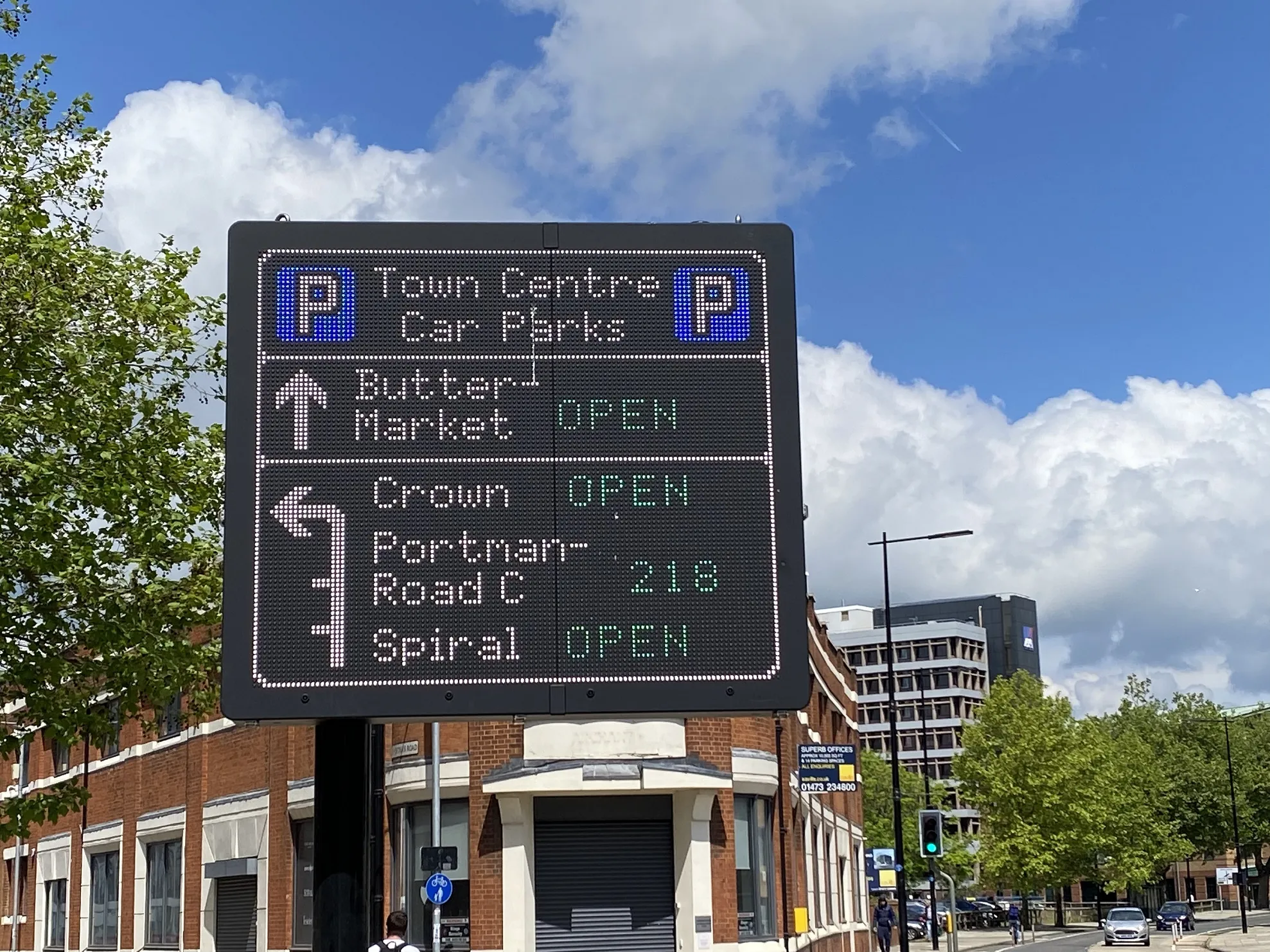
Reading became the first local authority in the UK to deploy
LaneHawk's high-resolution digital camera captures images of vehicles entering the zone. The images are then processed by the ANPR software to determine the vehicle's registration number. In addition, a separate colour camera captures a video clip of pre- and post-violation. This contextual video is recorded as evidence and removes any ambiguity as to the vehicle's movement. All evidential records are automatically encrypted at the outstation and sent to the in-station for penalty charge notice processing.
Project:
Bus lane enforcement, Reading Borough Council
Cost:
Approximately US$75,000 (based on supply of LaneHawk system)*
ROI:
Three months (based on 24 violations per day)*
Summary of benefits:
Increased violation capture rate
Significantly reduced appeals, administrative costs and resources
Improved bus journey time
Congestion-free bus lanes
Less disruption to bus timetable
Simplified back office operation and integration
*Siemens Mobility, Traffic Solutions estimatesThe LaneHawk evidential records interface easily with Reading Borough Council's existing notice processing back office facilities, providing a high-performance unattended solution that is simple, quick and efficient.
Benefit analysis
Since LaneHawk was installed in July 2009, the new technology has captured more offences than existing CCTV enforcement systems - on average 24 offences per weekday. The system's higher-quality images and evidential records have significantly reduced appeals, administrative costs and resources. There has also been a subsequent positive impact on bus journey times: bus lanes are free of congestion, allowing them to run more effectively to timetable.A key feature of the system is how it reduces the number of motorist appeals. All Penalty Charge Notices (PCNs) include Reading Borough Council's web address and a PCN identification number. This provides motorists access to the LaneHawk video evidence of their offence. The result is an extremely low appeal ratio compared to other systems.
The system also enables simplified back office operation and integration since LaneHawk violation data interfaces with Reading Borough Council's existing enforcement back office notice processing facility, Imperial. Additionally, the LaneHawk review station is used to process offences from Reading Borough Council's attended enforcement systems.
Since the installation of LaneHawk, far more bus lane violations have been recorded than with alternative attended CCTV or mobile systems. These systems can struggle with high traffic volumes and vehicles travelling too close to each other. LaneHawk's advanced high-resolution camera technology eliminates this problem.









